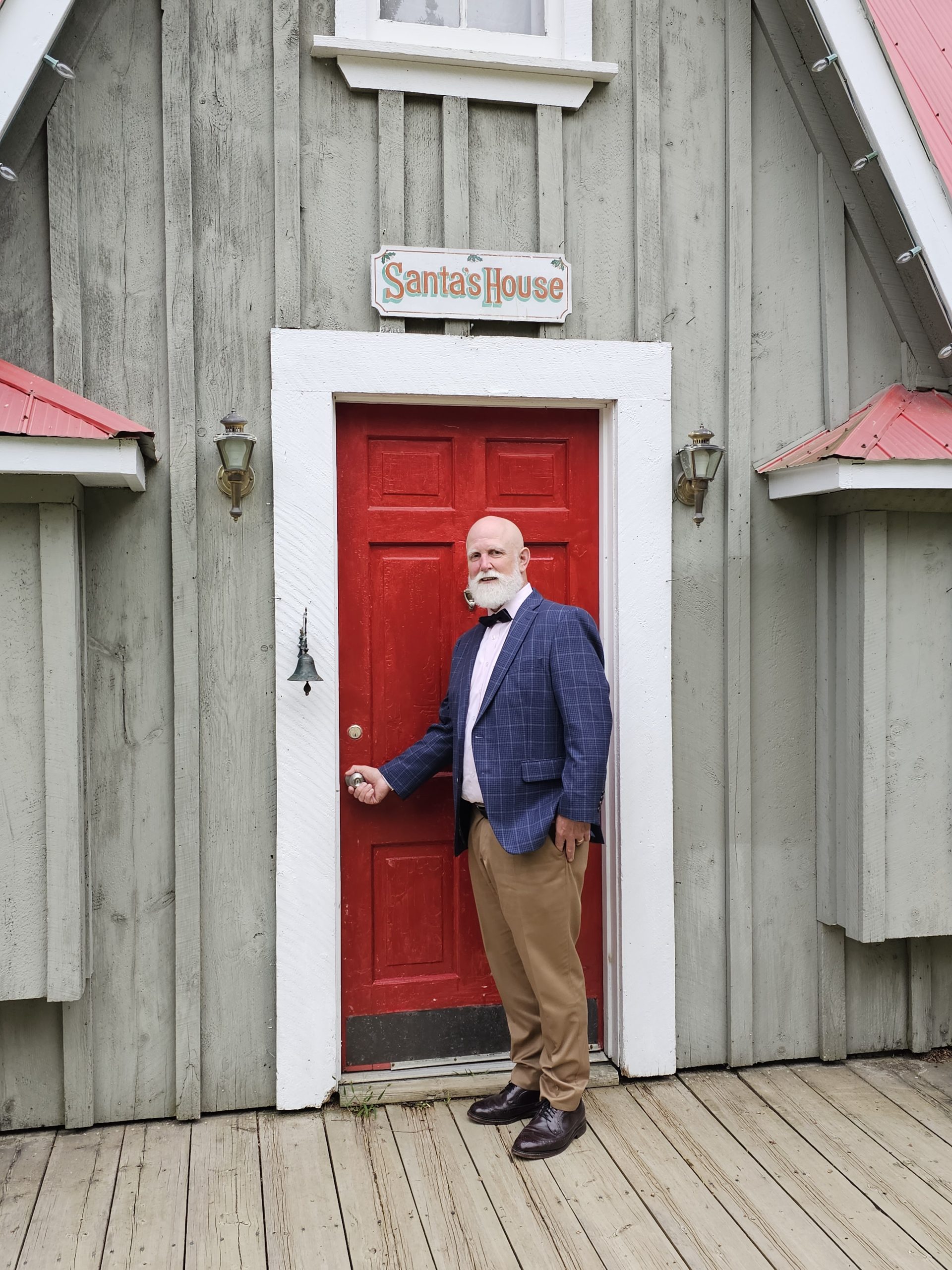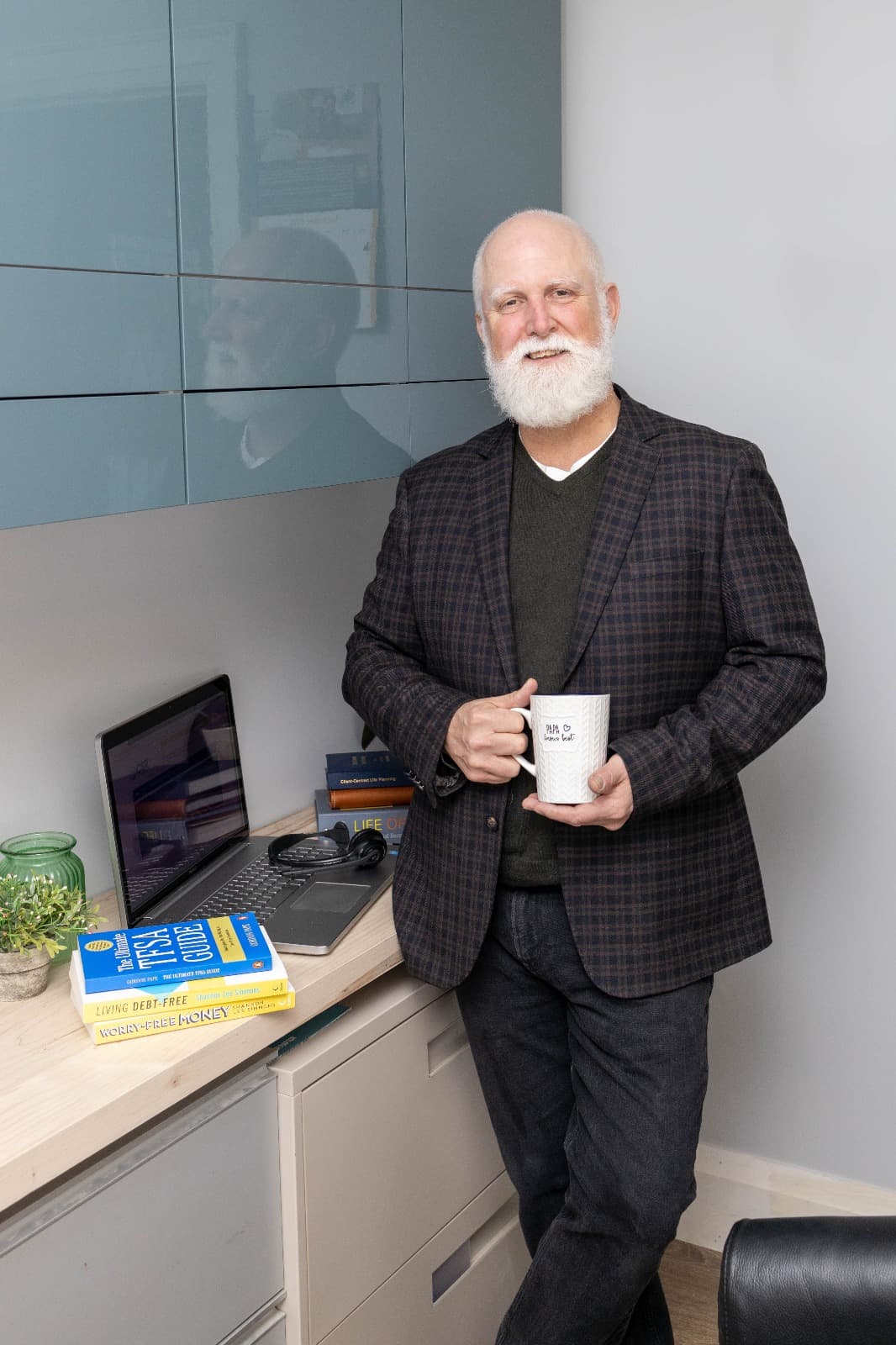Eight Doors: The Keys to the DTC/RDSP and more.
By Frank Gasper
Imagine you wake up one day and realize you will live with an illness or disability for the rest of your life. Maybe it’s visible, maybe it’s hidden. It might have arrived in a single moment — a diagnosis, an accident — or crept in over years.
Now imagine that illness as a figure standing in front of you, holding a key. This key unlocks the first door on your journey — but you don’t know that yet. And beyond that door? More doors, more keys, more uncertainty.
Most people don’t realize that navigating life with a disability in Canada often means confronting a long hallway of locked doors, each representing a challenge you must pass through to access supports like the Disability Tax Credit (DTC) or the Registered Disability Savings Plan (RDSP).
Here’s what those doors might look like:
Door 1 — Internal Acceptance
The first door is inside you. Before you can even think about benefits or programs, you must internalize the reality of your condition’s permanence — whether chronic or a long-term disability. This is not just a medical milestone; it’s an emotional and psychological one. For many, it’s a door they avoid opening for years, out of fear, grief, or stigma.
Key Holder:
The illness or disability itself — forcing you to acknowledge its presence.
Door 2 — Awareness That Support Exists
Even if you’ve accepted your condition, you can’t access benefits you’ve never heard of. This door remains closed for countless Canadians who live in poverty while billions in grants and bonds go unclaimed.
Key Holder:
Information — or rather, the people and organizations who share it. Without outreach from advocates, friends, or professionals, this door stays invisible.
Door 3 — The Medical Gatekeeper
To pass through this door, you need a medical professional to validate your eligibility. But here’s the complication: doctors and nurse practitioners may misunderstand the criteria, apply outdated rules like the “90% of the time” threshold, or avoid labelling you as “disabled” out of misplaced compassion or bias.
Key Holder:
A supportive, informed medical practitioner.
Door 4 — The Form and the Fine Print
The DTC’s T2201 form is deceptively short but full of technical traps. Mental health, neurodiversity, and episodic conditions are often misunderstood or under-documented. Without precise language and understanding of CRA’s definitions, this door slams shut.
Key Holder:
Accurate, well-completed documentation — ideally guided by someone who understands both the medical and financial language.
Door 5 — CRA Assessment and Interpretation
Even with a completed application, you must pass through the CRA’s interpretation of your eligibility. Inconsistent reviews, requests for additional information, or misinterpretations of the medical evidence can keep this door locked for months — or years, often until it’s too late.
Key Holder:
A fair and informed CRA decision-maker, with the power to approve based on the true intent of the legislation.
Door 6 — The CRA Denial Door
This is where so many journeys end. You’ve done the paperwork, you’ve waited, and then you get the dreaded letter: “Your application has been denied.” Too often, people take this as final — “I tried that, CRA denied me” — and they never appeal or try again. The condition worsens, but the denial remains ingrained in your mind. More often, the denial was the result of a misinterpretation, incomplete application, or missing details from the doctor. But without guidance, the door stays locked, and people turn away, losing access to tens of thousands of dollars in supports.
Key Holder:
Persistence, advocacy, and the willingness to appeal or reapply — ideally with expert help.
Door 7 — The RDSP Connection
If you make it through the DTC process, you now face another closed door: knowing that DTC approval opens the way to an RDSP. Many never get this far, and even those who do may not understand how to maximize grants and bonds.
Key Holder:
A knowledgeable financial advisor or community advocate who can guide you into the RDSP and ensure every dollar is claimed.
Door 8 — Long-Term Navigation
It doesn’t stop once the RDSP is open. You must keep the plan compliant, monitor contributions, and adapt to changes in legislation. You may discover other doors — the Canada Disability Benefit, provincial supports -often, only if someone points them out.
Key Holder:
Ongoing advocacy, education, and connection to a community that keeps you informed.
The Unseen Doors
The cruelest truth? Many people never even reach Door 2. They live their lives never knowing these doors — and their keys — exist. Others get stuck between doors, told “No” by one person and assuming the journey ends there.

Frank will walk with you on this journey!
Why This Matters
Each door represents a potential point of failure in the system — a place where compassion, advocacy, and clear information can make the difference between lifelong poverty and a secure future.
Our challenge is not just to hand people keys, but to map the hallway so they know which doors exist, who holds the keys, and how to get them, and eventually walk with you through the right doors!
Because in a just and compassionate society, no one should be left standing in front of a locked door- they never even knew was there!
We understand. We help unlock the doors. We share the journey with you because we know where the doors and the keys are.





